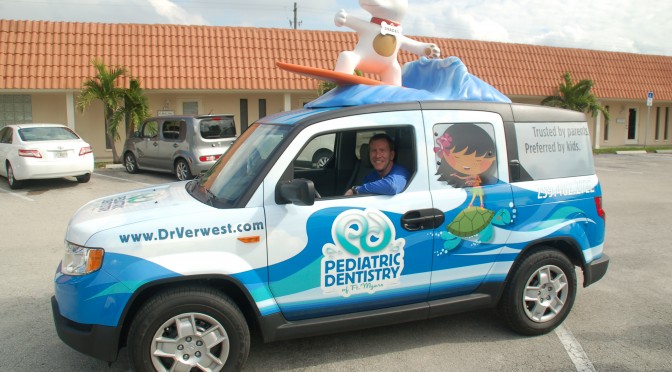How to Get The Best out of Retainers
So the day has finally come to get your braces off and you can’t wait to show the world your new smile. But did you[…]
Why is it Important to Repair Baby Teeth?
You may think that baby teeth eventually just fall out and may not need to be repaired if they have any problems, but they definitely[…]

Local Dentist Recognized as America’s Best Dentist for 2016
The National Consumer Advisory Board has named Pediatric Dentistry of Ft. Myers, Dr. Tim M. Verwest, DMD one of America’s Best Dentist for 2016. Selections[…]
Three reasons to smile
1. Smile for Beauty’s Sake: According to a survey of more than 1,000 Americans nationwide, a smile is the most important physical feature that contributes[…]
Important Oral Health Habits for Young Children
Tooth decay can develop any time after the first tooth comes in, starting around 6 months old, and good habits should begin even earlier. Only[…]
Manual or Electric Toothbrush?
In recent years electric toothbrushes have gained increasing popularity among young adults and children. Some parents have questioned if electric toothbrushes work better than just[…]
Help With Sensitive Teeth
One of the most common dental complaints involves sensitive teeth. Whether it’s biting into a cold ice cream cone or drinking a hot beverage, the[…]
How Often Should my Child go to the Dentist?
According to the American Academy of Pediatric Dentistry, checkups are recommended for all children two times a year. Children should be evaluated for cavities and[…]
Tooth Friendly Foods
Did you know that every time your children have a snack, the cavity-causing bacteria in their mouths have one, too? When mom and dad choose[…]
Common Dental Health Questions
Are dental x-rays safe? Exposure to any source of radiation isn’t ideal, but fortunately the dose of radiation you get from taking x-rays is extremely[…]
